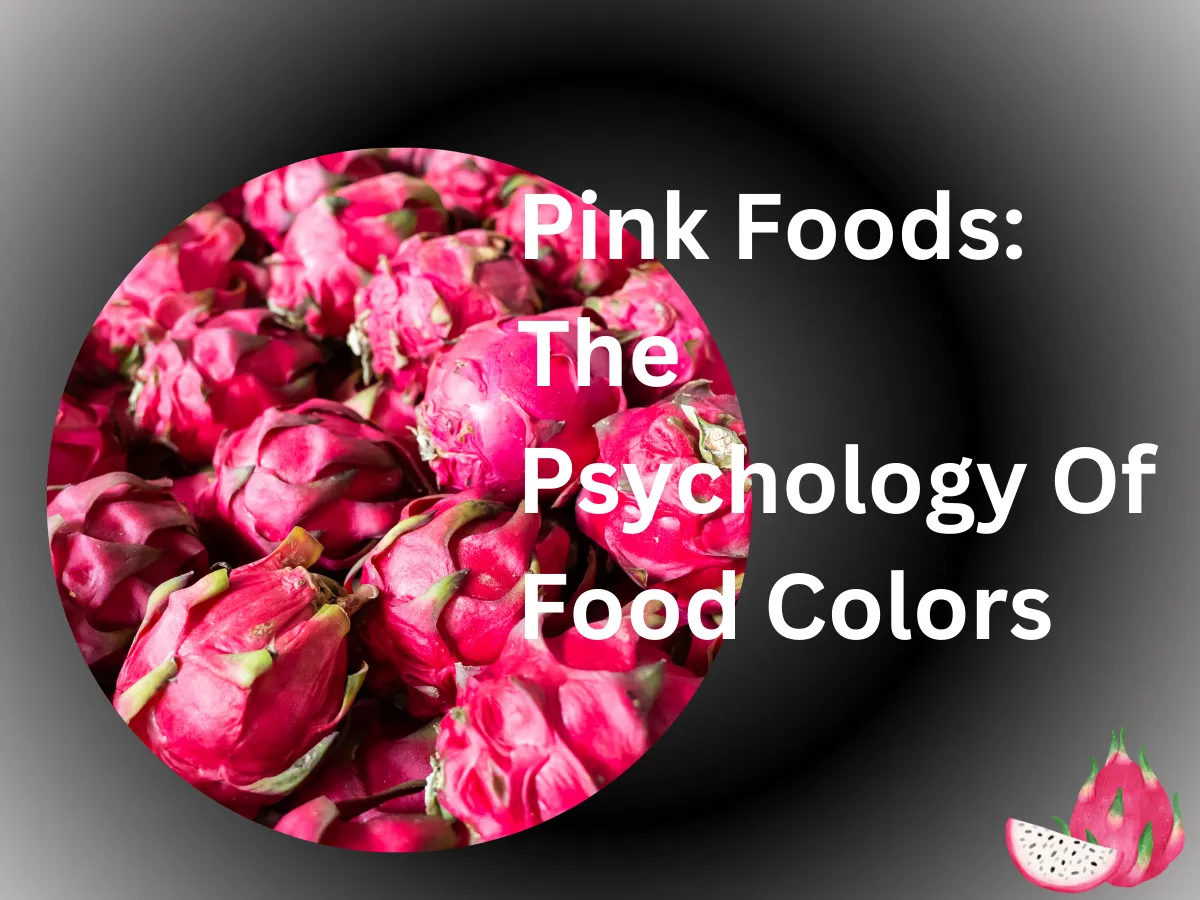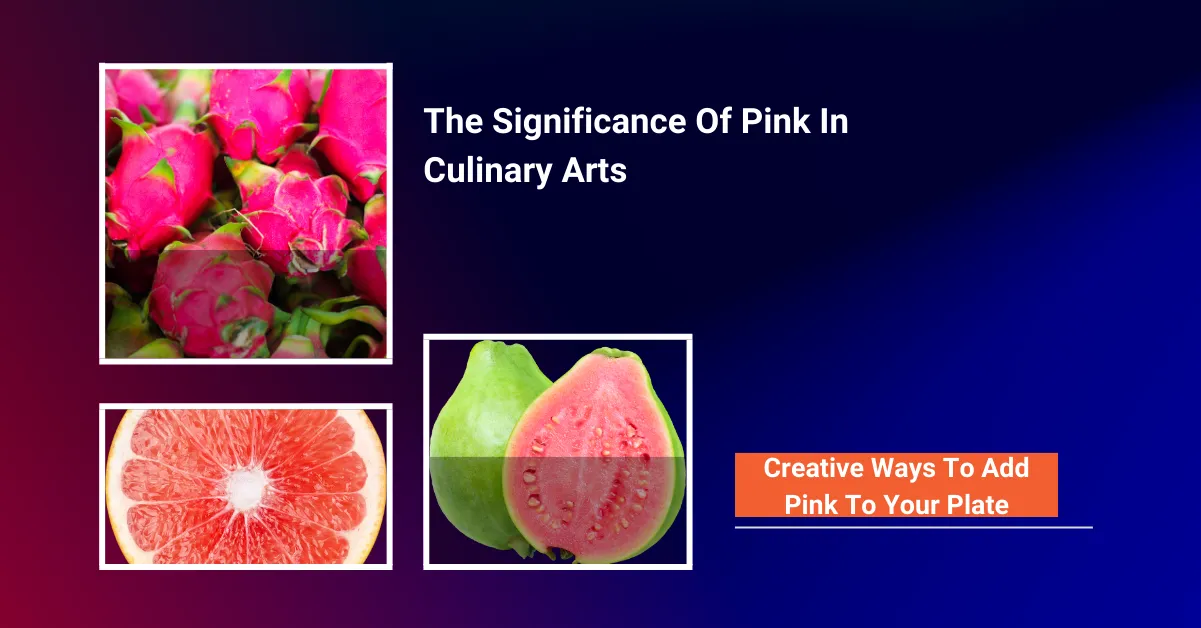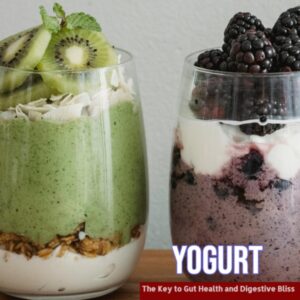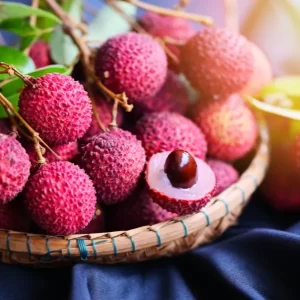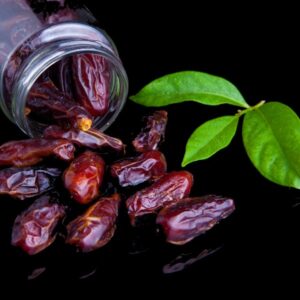Last updated on November 8th, 2025 at 05:56 pm
Did you know that the color of your food can affect your appetite and eating habits? It’s true! The psychology of food colors is a fascinating field of study that explores how different colors can influence our perception of taste and even our cravings. In this series, we’ll explore the world of pink foods and how this vibrant hue can impact our dining experiences.
Pink foods have a unique ability to evoke feelings of sweetness and indulgence. From cotton candy to strawberry milkshakes, something about the color pink makes us think of sugary treats and decadent desserts. But what is it about this hue that has such a powerful effect on our perception of taste?
In this article, we’ll explore the psychology behind pink foods and uncover the science behind why they are so irresistible.
Whether you’re a foodie looking to experiment with new flavors or simply curious about the fascinating world of color psychology, this series is for you.
The Psychology of Food Colors: Pink Foods
Food color psychology is significant in how we perceive and enjoy food. Pink, often associated with sweetness, romance, and warmth, uniquely impacts our food experience.
Here’s a deep dive into the psychology behind pink food and its effects on our taste buds and emotions.
1. The Appeal of Pink Food
Pink food often evokes feelings of joy and indulgence. It is frequently used in desserts and sweets, like cupcakes and cotton candy, and is designed to be visually appealing and trigger pleasurable responses. The pink color is soft and inviting, making it an excellent choice for comfort and enjoyment foods.
- Psychological Impact: Pink is associated with feelings of calmness and relaxation. It can make food appear more enticing and comforting, so it is often used in confectionery and sweet treats.
2. Pink Food and Sweetness
Due to its everyday use in desserts, pink food is often linked to sweetness. This association is not just psychological but also physiological. The color pink can enhance the perception of sweetness, making the food taste sweeter than it might be.
- Color Influence: When we see pink, our brains might anticipate sweetness, influencing our taste experience. This is why foods like strawberry ice cream or pink macarons often taste sweeter than their colorless counterparts.
3. Cultural Associations
In many cultures, pink is a color of celebration and joy. It is frequently used in festive foods and special occasion treats. For instance, pink foods are popular at baby showers and Valentine’s Day, enhancing the celebratory mood.
- Cultural Significance: The color pink is often linked to happiness and festivities. This cultural context can heighten our enjoyment of pink foods, making them more appealing for special occasions.
4. Pink Food in Healthy Eating
While pink is often associated with indulgent treats, it can also be found in healthy foods. For example, pink fruits like watermelon and grapefruit are rich in nutrients and antioxidants. The color pink can make these healthy options more visually appealing, encouraging more nutritious eating habits.
- Health Benefits: Pink foods like salmon and pink grapefruit are visually appealing and have health benefits. Incorporating these into your diet can be both tasty and nutritious.
5. Marketing and Branding
Food brands often use pink to attract consumers. The color’s association with sweetness and warmth can be leveraged to make products more marketable. From packaging to advertisements, pink can make a product stand out and appeal to a broader audience.
- Brand Appeal: Pink is a popular choice in food marketing because it can evoke positive emotions and attract attention. Brands often use this color to create a memorable and appealing product image.
Pink foods and their cultural meanings
- Visual Appeal: Pink is an eye-catching and visually pleasing color. In culinary presentations, it adds a pop of color to dishes, making them more attractive. Chefs often use pink ingredients or garnishes to make a plate look more appealing.
- Freshness and Ripeness: Pink is often associated with ripeness and freshness in fruits and vegetables. For example, a pink watermelon or a ripe strawberry is more likely to be sweet and flavorful. This color cue helps consumers choose produce that’s at its peak.
- Flavor Identification: In some cases, pink is associated with specific flavors. For instance, many people associate pink with the taste of strawberries, raspberries, or cherry-flavored foods and beverages. This color-flavor association can influence expectations and taste perceptions.
- Desserts and Sweets: Pink is a popular color for desserts and sweets, especially candies, cupcakes, and pastries. Pink frosting, for example, is a common choice for decorating cakes and cookies, adding color and sweetness.
- Balance of Flavors: Achieving a balance of flavors is essential in culinary arts. Pink ingredients like grapefruit or pomegranate can provide a slightly tart or tangy contrast to sweeter elements in a dish, helping to create a harmonious flavor profile.
- Cultural Significance: In some cultures, pink foods are traditionally associated with special occasions or celebrations. For example, pink cakes and treats are often served at baby showers or as part of Valentine’s Day celebrations.
- Natural Pigments: Foods can be pink due to natural pigments, such as lycopene in pink grapefruit or watermelon, anthocyanins in pink berries, or beetroot pigments. These natural pigments are not only visually appealing but also contribute to the nutritional value of the foods.
- Artistic Expression: Chefs and food artists use the color pink as a creative tool for artistic expression. They can create intricate and visually stunning dishes by incorporating pink elements, such as edible flowers, pink sauces, or pink-hued cocktails.
- Health and Nutrition: Pink foods can be associated with antioxidants and phytonutrients. For instance, pink-colored fruits and vegetables often contain compounds beneficial for heart health and overall well-being.
- Gendered Foods: Pink is sometimes used to signify gender-specific foods. For example, pink might be associated with foods marketed primarily to children or a specific gender, although these associations are evolving in modern culinary culture.
In summary, pink is multifaceted in culinary arts, influencing dishes’ visual appeal and flavor perceptions. Chefs and food artists use it creatively to enhance the dining experience, and it carries cultural and symbolic significance in various culinary traditions.
Healthy pink foods can be both visually appealing and nutritious. The color pink often comes from natural sources, such as fruits, vegetables, and certain seafood.
Here are some healthy pink food options:
Can the “Pink Drink” Really Help with Weight Loss? Here’s What You Need to Know
You’ve likely seen the viral pink drink weight loss trend flooding social media—with promises of a slimmer waistline, boosted energy, and better digestion. But what exactly is this pink drink, and is it worth the hype?
Let’s break it down.
Most versions of the pink drink claim to support weight loss by combining protein-rich foods, fiber-rich foods, hydration enhancers, and natural appetite suppressants. The goal? Help you feel full longer, reduce cravings, and promote better digestion.
💡 What’s Really in the Pink Drink?
While recipes vary, most include some combination of:
Collagen or protein powder (to support muscle maintenance and satiety)
Soluble fiber (a key ingredient in many “pink” mixes)
Natural flavoring (like strawberry, lychee, or dragon fruit)
Sometimes caffeine or metabolism boosters like green tea extract
What makes it pink? Ingredients like beet juice powder, pitaya (dragon fruit), or pink-hued berries.
🥗 Fiber Is the Secret Ingredient
The real star of the pink drink trend is fiber—especially fruits high in fiber like raspberries and strawberries. Why does this matter? Fiber slows digestion, helps control blood sugar, and promotes fullness.
If you want long-term results, focus on real sources of fiber, such as:
Pink food like raspberries, lychee fruit, pink grapefruit, and dragon fruit
Foods with lots of fiber, like chia seeds, flaxseeds, and oats
Protein and fiber foods like lentils, chickpeas, and edamame
🔁 A Lifestyle, Not a Quick Fix
While sipping a pretty pink drink might be a helpful tool, it’s not a magic bullet. Sustainable weight loss comes from a consistent mix of nutrient-dense eating, movement, hydration, and rest.
